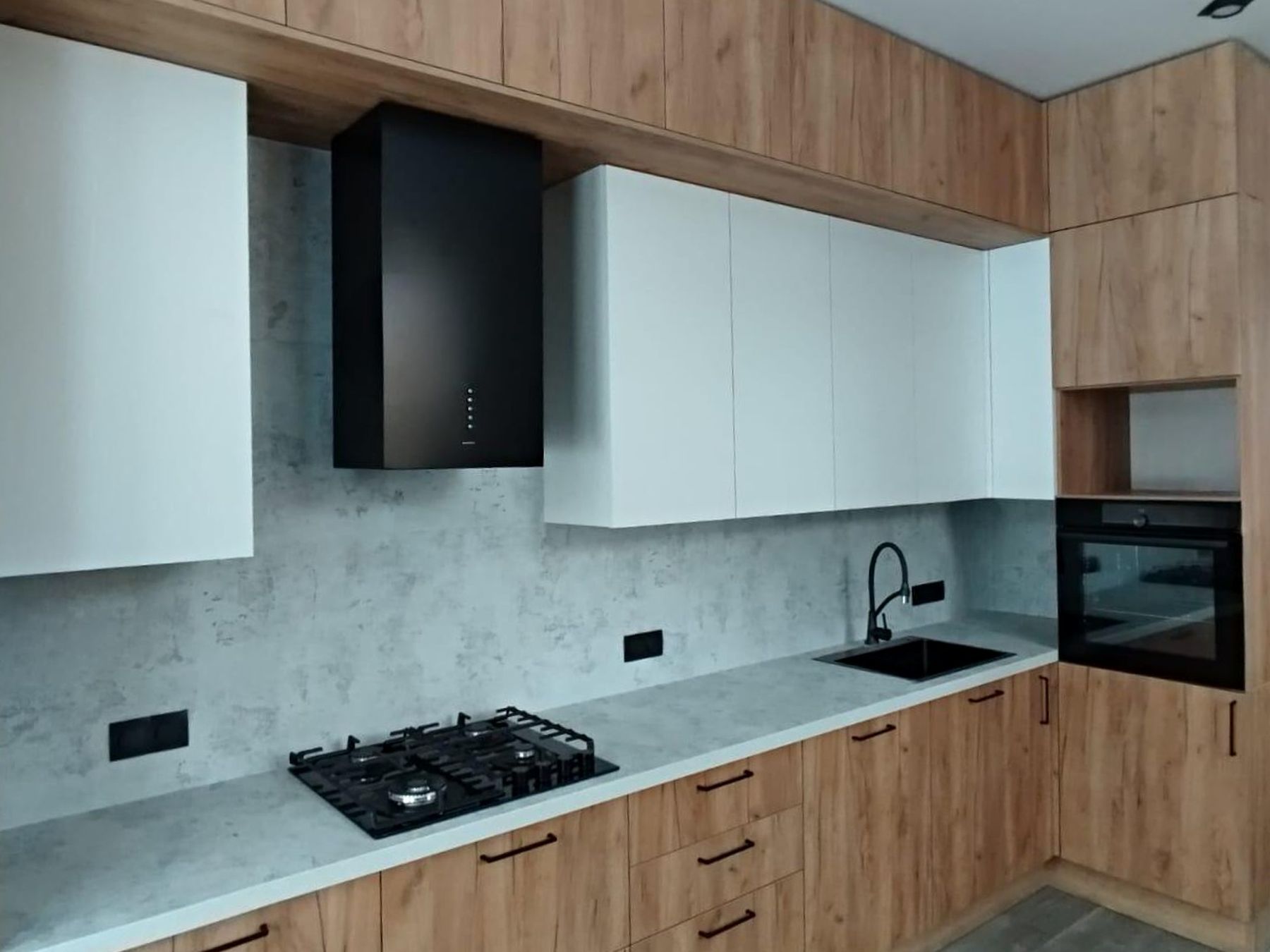
Culinary Spaces: Redefined Mastery
Introduction to Modern Culinary Spaces
The culinary world has undergone a massive transformation, morphing traditional kitchens into modern spaces of creativity and innovation. Culinary spaces are no longer just rooms for preparing meals; they are the epicenters of gastronomic artistry, where chefs display their prowess and passion for food. Through the integration of technology, design, and culinary science, these spaces have been redefined, providing a new realm for masters of cuisine to thrive.
The Evolution of Kitchen Design
The days of the purely functional kitchen are far behind us. Contemporary culinary spaces boast state-of-the-art equipment, ergonomic designs, and aesthetic that elevate the cooking experience. The fusion of form and function is evident in every aspect, from smart appliances that offer precision and efficiency to layouts that encourage a seamless flow of movement and collaboration among culinary professionals.
Technology: The Ingredient for Innovation
With the incorporation of technology, culinary spaces have opened doors to extraordinary possibilities. Advanced cooking techniques like sous-vide, molecular gastronomy, and precision baking are now within reach for many chefs, facilitated by gadgets and machinery designed to perfect these methods. Not only do these technological advancements allow for consistency and perfection, but they also inspire chefs to push the boundaries of traditional cooking.
Sustainability: A Recipe for the Future
In the redefined culinary space, sustainability plays a significant role. Kitchens are adopting eco-friendly practices by utilizing sustainable materials in construction, reducing waste through composting and recycling programs, and sourcing ingredients locally to minimize the carbon footprint. This shift reflects a growing consciousness within the culinary industry, where environmental responsibility is as important as taste and presentation.
Educational Culinary Spaces: Training the Next Generation
Modern culinary spaces also serve as vibrant educational hubs, training aspiring chefs and food enthusiasts alike. These spaces are equipped with the latest tools and technologies to provide hands-on learning experiences. By immersing students in an environment that mirrors the industry's best practices, culinary schools are preparing the next generation of chefs to enter the workforce with an innovative and sustainable mindset.
Culinary Spaces as Social Epicenters
Beyond their functional role, culinary spaces have transformed into social epicenters where food lovers gather to experience the gastronomic journey firsthand. Open-kitchen designs invite guests to witness the art of cooking, fostering a deeper appreciation for the culinary arts. Pop-up events, cooking classes, and farm-to-table dinners are just some of the ways these spaces have become community hubs, building connections between chefs, diners, and the local food landscape.
Conclusion: Mastery in the Modern Era
As we embrace the redefinition of culinary spaces, it's clear that innovation, sustainability, and education are at the heart of this evolution. The culinary masters of today have a unique opportunity to blend tradition with futuristic vision, crafting experiences that resonate on a global scale. These transformed spaces are not just about cooking; they are about crafting stories, nurturing the environment, and shaping the chefs of tomorrow. In the reimagined culinary space, mastery is not just about skill—it's about creating an impact that transcends the kitchen.
``` This formatted HTML content covers various aspects of how culinary spaces have redefined the mastery of cooking and the environment in which it takes place.